Climate science
-

The Climate Learning Network announced today that their Climate Literacy Training is now available at eXtension. If you are an extension agent, then you can take advantage of this, but even if you are not, you might also be able to participate using the contact below. See the notice below for details on how to…
-
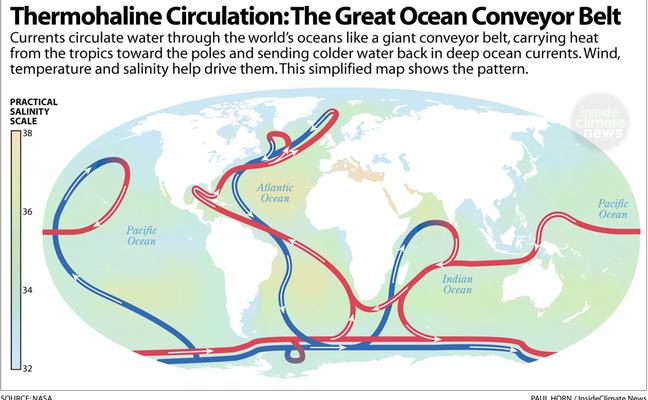
Lately there have been several stories in the news about the ocean circulation in the Atlantic slowing down, as measured by buoys in the Gulf Stream and with other sensors. But you might not know why this is important for earth’s climate. This article from InsideClimateNews.org provides a good basic description of how the oceanic…
-
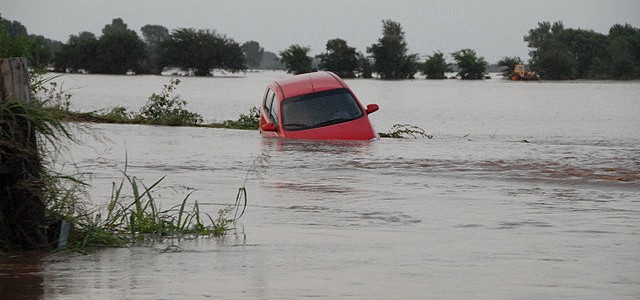
A wintertime megaflood in California could turn out to be the worst natural disaster in U.S. history by far, and we are making it much more likely, according to an alarming study published this week in Nature Climate Change and described by Eric Holthaus in Grist.org in late April. This could be the first trillion-dollar weather disaster…
-
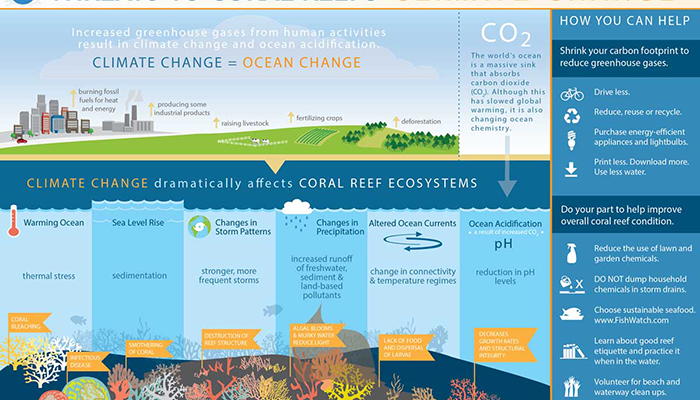
There has been a lot in the news lately about the coral bleaching along the Great Barrier Reef in Australia and other coral reefs around the world. Some research has attributed it to warming ocean waters due to climate change. Here is a good infographic from NOAA on how climate change might be affecting the…
-
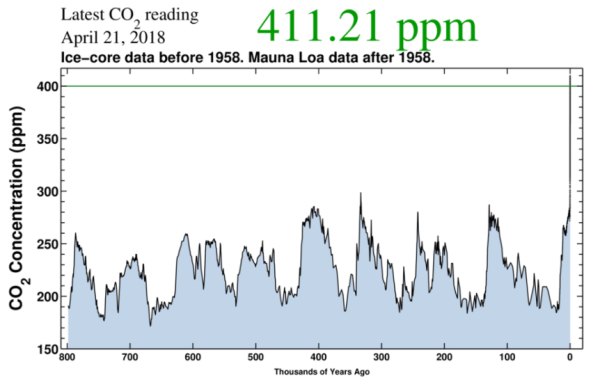
The latest reading of atmospheric carbon dioxide from Mauna Loa Observatory in Hawaii shows that the atmospheric concentration of carbon dioxide has now passed 410 parts per million. This is a level that has not been seen on earth in at least the last 800,000 years according to data from ocean and ice cores. As…
-
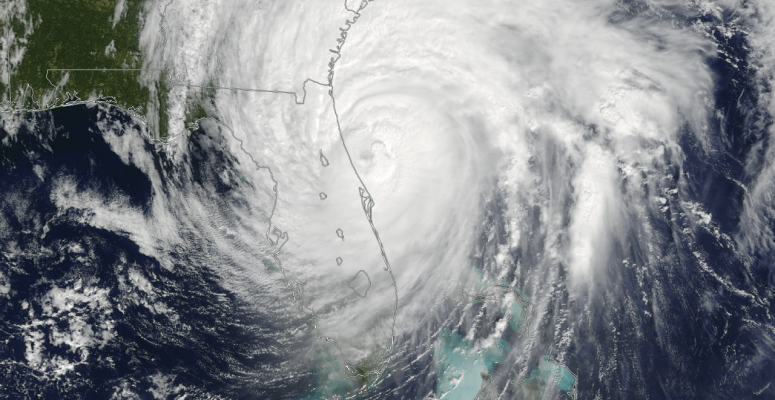
Recent research on tropical storms and how they might develop and grow in a warmer climate shows that it is quite likely that in the future, tropical storms and hurricanes will be larger than they have been in the past. This is due to a combination of warmer water, which provides energy to the systems,…
-
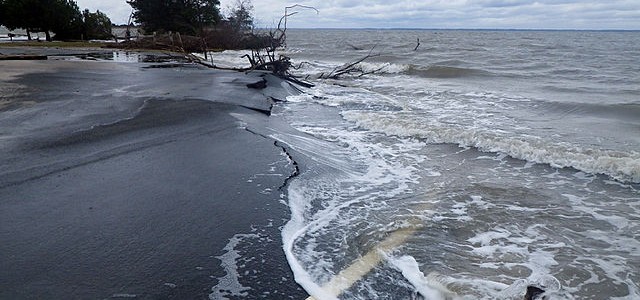
With sea levels rising around the world due to thermal expansion of ocean water and melting of polar ice, you might expect the sea level to be rising equally everywhere, since all the oceans are connected. However, there are local areas where sea level is rising faster than others due to effects of land movement,…